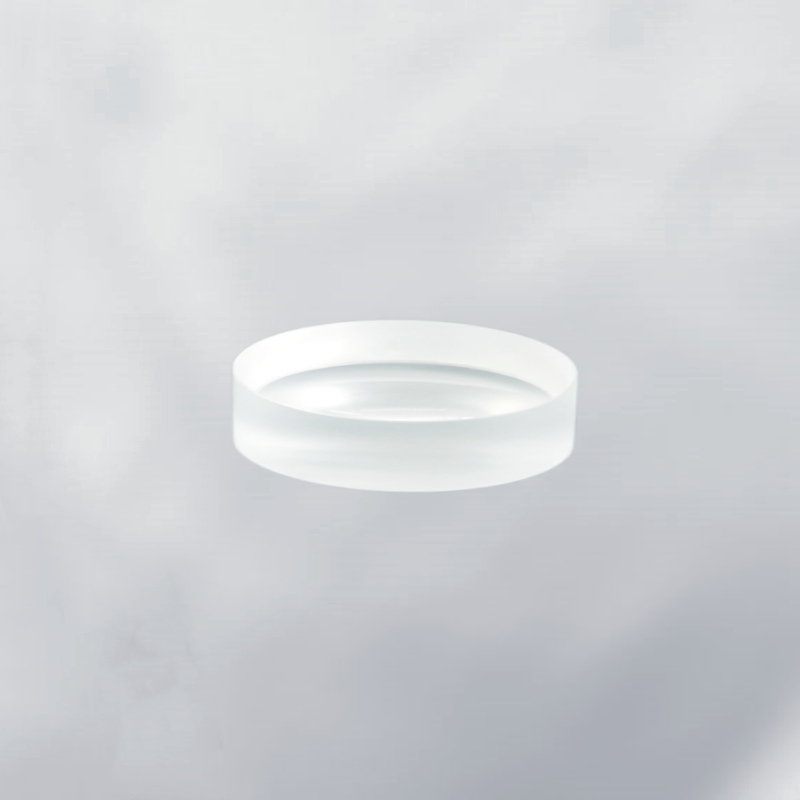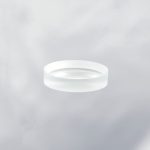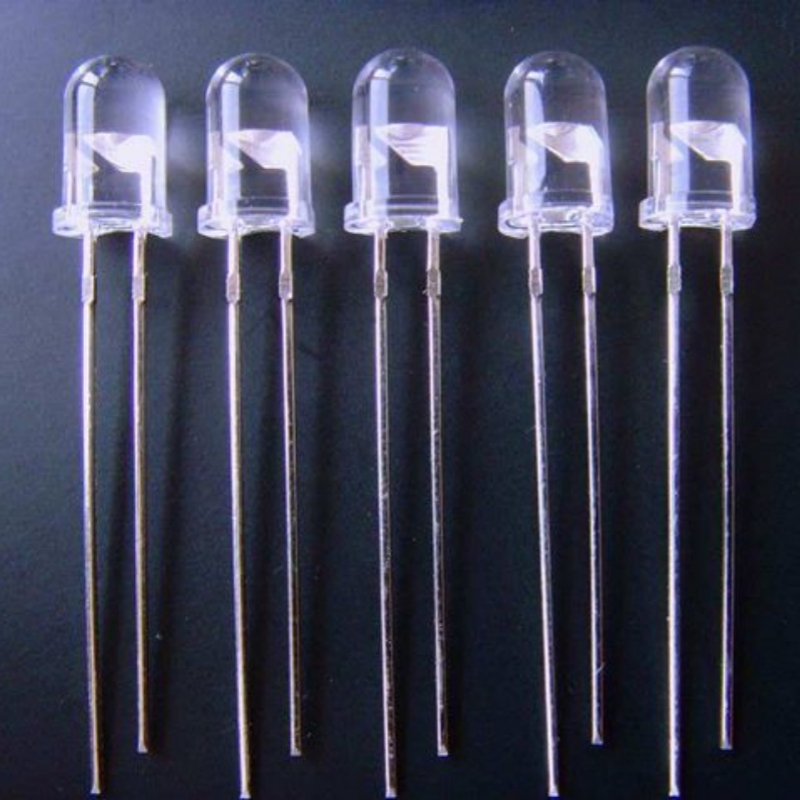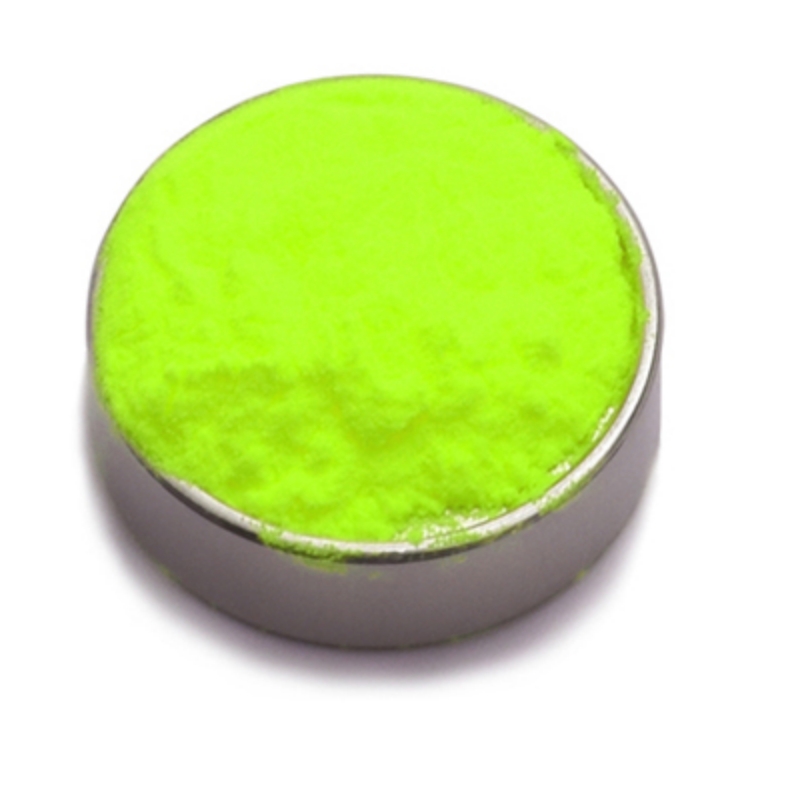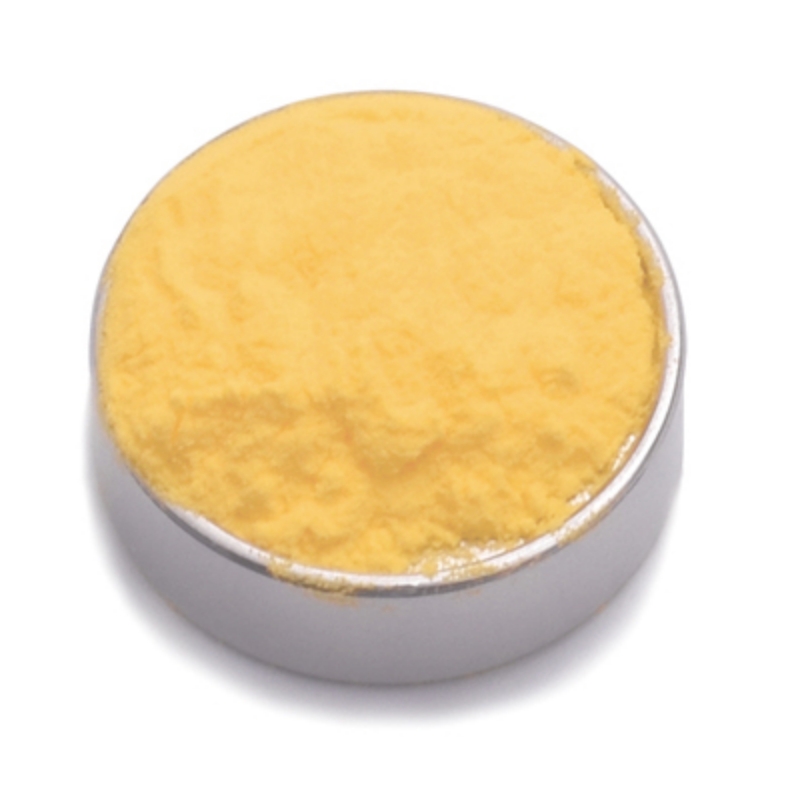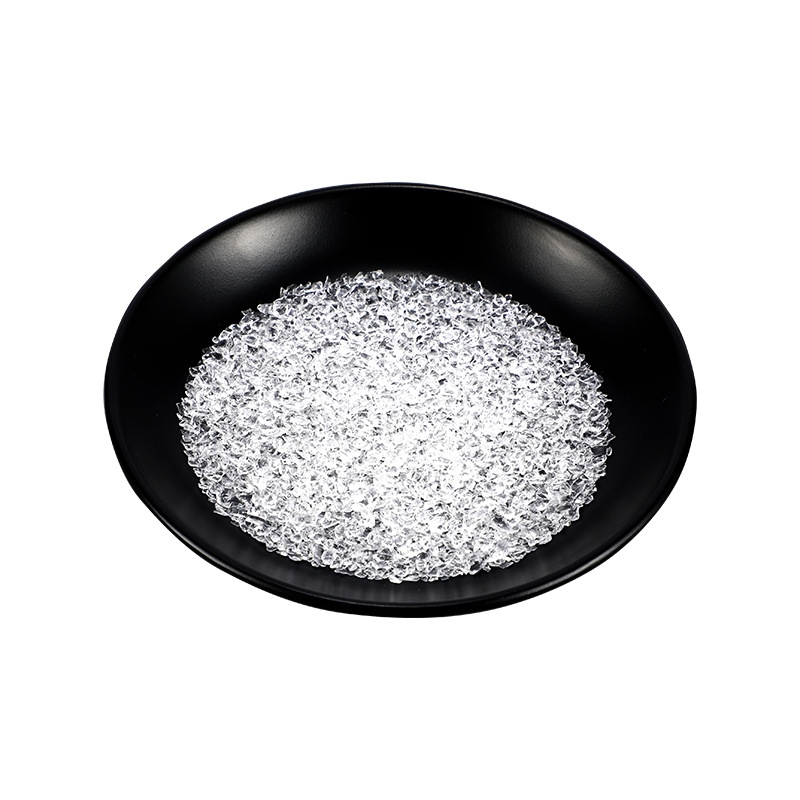Magnesium fluoride double-concave lens is a high-performance optical component designed for controlled beam expansion, minimized spherical aberration, and superior ultraviolet and infrared transmission. Manufactured from high-purity MgF₂, it offers exceptional optical clarity, strong resistance to environmental degradation, and excellent thermal stability. This precision lens is widely used in laser systems, spectroscopy, aerospace applications, and scientific instrumentation, ensuring optimal light manipulation and performance for advanced optical systems.
Product Overview
The Magnesium Fluoride (MgF₂) double-concave lens is an optical element made from Magnesium Fluoride material. It features two identical inward-curved surfaces and has a negative focal length. This lens is designed for beam divergence and image reduction, effectively expanding light or shrinking the spot size. Magnesium Fluoride exhibits excellent optical transmission across ultraviolet, visible, and infrared wavelengths, making it a vital component in various optical systems.
Key Features
- High Transmission: Magnesium Fluoride offers outstanding optical performance with high transmission across ultraviolet, visible, and infrared spectrums.
- Negative Focal Length Design: The double-concave shape results in a negative focal length, making it ideal for beam expansion or image reduction applications.
- High Refractive Index and Stability: Magnesium Fluoride possesses a high refractive index and excellent stability, suitable for high-precision optical applications.
- Precision Machining: The lens undergoes precise machining and polishing to ensure optimal optical performance and surface quality.
- Customizable Design: The size and shape can be customized according to specific application requirements, ensuring compatibility with different optical systems.
Applications
- Laser Systems: Widely used in lasers for beam adjustment and expansion, improving laser system performance.
- Spectrometers: As an optical element, the Magnesium Fluoride double-concave lens is used to optimize light paths and imaging in spectrometers.
- Telescopes: In optical instruments like telescopes, it helps adjust light beams for more precise imaging.
- Optical Systems: A critical component in various optical devices for applications such as beam divergence and image reduction.
- High-Precision Optical Applications: Used in systems that require high stability and precision, ensuring stable and efficient performance.
| Optical Property | Value |
| Transmission Range | 0.12-9 μm |
| Transmittance | >90%@0.193-6μm |
| Refractive Index | NO=1.566, Ne=1.568@0.13μm |
| NO=1.334, Ne=1.343@5μm | |
| Reflection Loss | 11.2%@0.12μm (both surfaces) |
| 5.7%@0.22μm (both surfaces) | |
| 5.1%@1μm (both surfaces) | |
| Absorption Coefficient | 40×10⁻³@2.7μm |
| Structure | Square Crystal System |
| Cleavage Planes | <100 |
| Physical Property | Value |
| Density | 3.177 g/cm³ |
| Melting Point | 1255 ℃ |
| Thermal Conductivity | 21 W/(m·K) //c, 33.6⊥c @ 300K |
| Thermal Expansion | 13.7×10⁻⁶/K //c, 8.9×10⁻⁶/K ⊥c @ 373K |
| Knoop Hardness | 415 kg/mm² |
| Specific Heat Capacity | 1003 J/(kg·K) |
| Dielectric Constant | 4.87 //c, 5.44⊥c @ 1MHz |
| Young's Modulus | 138.5 GPa |
| Shear Modulus | 54.66 GPa |
| Bulk Modulus | 101.32 GPa |
| Poisson's Coefficient | 0.276 |
| Chemical Property | Value |
| Solubility | 0.002 g/L @ 20℃ |
| Molecular Weight | 62.3018 g/mol |
| Property | Value |
| Diameter Range | 2-300mm |
| Focal Length | 15-5000mm |
| Thickness | 0.12-60mm |
| Surface Quality | 80-50, 60-40, 40-20, 20-10, 10-5 |
| Surface Flatness | λ/2, λ/4, λ/8, λ/10 |
| Clear Aperture | >90% |
| Coating | Customizable |
Submit Your RequirementsWe will contact you within 24 hours.
 WOBO Scientific Research New Materials One-Stop Service Platform
WOBO Scientific Research New Materials One-Stop Service Platform


